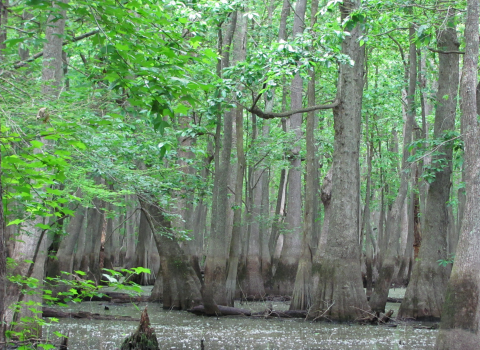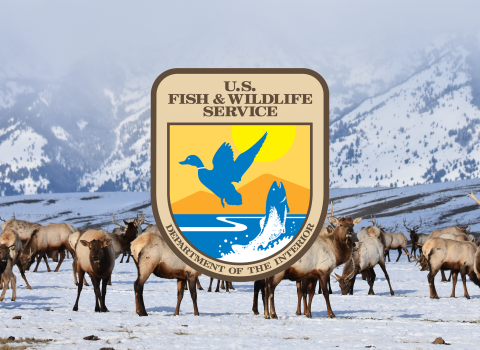Washington, D.C. – President Obama has protected vital marine habitat in the Pacific Ocean by expanding the existing Pacific Remote Islands Marine National Monument, the White House announced today. The expanded Monument protects nearly 490,000 miles around the islands and atolls, which are also protected as national wildlife refuges.
The Monument is one of the last frontiers and havens for wildlife in the world, and is home to one of the largest and most pristine collections of coral reef, seabird, and shorebird protected areas on the planet. Species such as sea turtles, marine mammals and manta rays have large migration and foraging ranges that exist throughout the expanded monument. Millions of seabirds of more than 19 different species also forage in the monument’s waters and raise their young on the islands and atolls.
“Our marine wildlife and their habitat face an ever increasing number of threats. By expanding the Pacific Remote Islands Marine National Monument and protecting marine ecosystems, President Obama has ensured that generations of Americans will still have the opportunity to benefit from of the irreplaceable marine resources in the midst of the Pacific,” said Service Director Ashe.
The monument represents one of the last frontiers of scientific discovery in the world and is a safe haven for central tropical Pacific biodiversity. The monument and the national wildlife refuges within it protect entire ecosystems – from coral reefs to deep sea mounts, abyssal plan, and volcanic features. As climate change climate change
Climate change includes both global warming driven by human-induced emissions of greenhouse gases and the resulting large-scale shifts in weather patterns. Though there have been previous periods of climatic change, since the mid-20th century humans have had an unprecedented impact on Earth's climate system and caused change on a global scale.
Learn more about climate change continues to cause rising air and sea-surface temperatures, and increasing ocean acidification, sea level rise and changes in wind, wave and ocean current patterns, places such as the monument provide a refuge for marine life.
The expansion will also safeguard against the degradation and decline of marine ecosystems in the Pacific Ocean. Protecting this area from commercial extraction of resources and commercial fishing will provide a space where populations can grow and reproduce. In addition to helping wildlife populations be more resilient, the expanded monument protects an untold amount of marine biodiversity including the more than 130 isolated seamounts and deep ocean that will be included in the expansion area.
Seven national wildlife refuges (Wake, Jarvis, Howland and Baker Islands, Johnston and Palmyra Atolls, and Kingman Reef) are the core of the Pacific Remote Islands Marine National Monument. The expanded monument will continue to be managed by the departments of the Interior and Commerce through the U.S. Fish and Wildlife Service and National Oceanic and Atmospheric Administration.
For more information, see President Obama’s proclamation: http://www.doi.gov/news/loader.cfm?csModule=security/getfile&pageid=568374
For more information on the Pacific Remote Islands Marine National Monument, see: www.fws.gov/refuge/Pacific_Remote_Islands_Marine_National_Monument/


